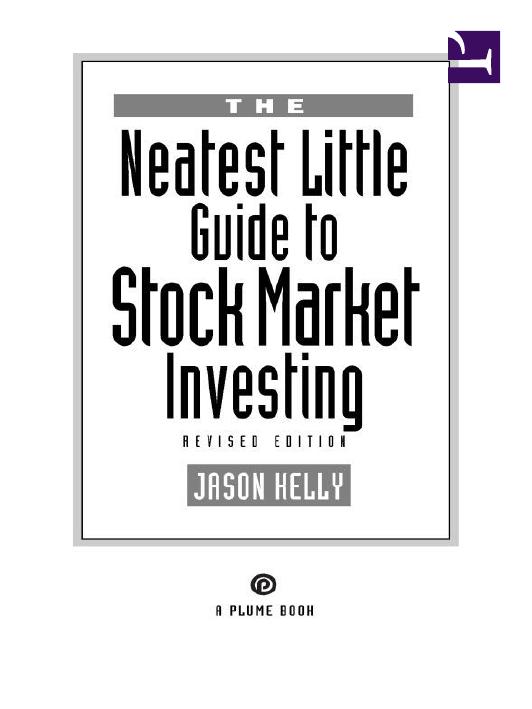The Neatest Little Guide to Stock Market Investing by Jason Kelly

Author:Jason Kelly
Language: eng
Format: epub, mobi, pdf
Publisher: Penguin Group USA, Inc.
RSI
Relative strength index compares an investment’s current price to its past performance to gauge current strength. Be careful about a fine distinction at work here. RSI compares an investment’s current situation with its own history. A different measurement that sounds the same, relative price strength, compares a stock’s price action to the price action of all other stocks. We looked at that in Chapter 3 and will see it again in the Investor’s Business Daily section of Chapter 6.
The idea with RSI is that we can know from an investment’s history when it tends to reverse direction, either up from a low or down from a high. RSI is easy to understand. It fluctuates between 0 and 100, with readings over 70 indicating overbought and due for a fall, and readings under 30 indicating oversold and due for a bounce. You’re supposed to wait for the reversal to happen before either selling or buying because you never know how far the move will go before reversing. So, an RSI crossing above the oversold 30 line is a buy signal, and an RSI crossing below the overbought 70 line is a sell signal. RSI is called an oscillator because it oscillates up and down in a wave pattern between 0 and 100.
Like SMA and MACD, RSI needs a time frame. The default is a 14-period time frame, and the periods can again be hours, days, weeks, or anything else, but are usually days. Shortening the period increases the number of signals, and lengthening it decreases the number.
The following chart shows RSI signals for eBay:
Download
The Neatest Little Guide to Stock Market Investing by Jason Kelly.mobi
The Neatest Little Guide to Stock Market Investing by Jason Kelly.pdf
This site does not store any files on its server. We only index and link to content provided by other sites. Please contact the content providers to delete copyright contents if any and email us, we'll remove relevant links or contents immediately.
| Analysis & Strategy | Bonds |
| Commodities | Derivatives |
| Futures | Introduction |
| Mutual Funds | Online Trading |
| Options | Portfolio Management |
| Real Estate | Stocks |
Rich Dad Poor Dad by Robert T. Kiyosaki(6414)
Pioneering Portfolio Management by David F. Swensen(6230)
How To Win Friends and Influence People by Dale Carnegie(4447)
The Money Culture by Michael Lewis(4083)
The Dhandho Investor by Mohnish Pabrai(3706)
The Wisdom of Finance by Mihir Desai(3659)
Liar's Poker by Michael Lewis(3372)
Fooled by Randomness: The Hidden Role of Chance in Life and in the Markets by Nassim Nicholas Taleb(3050)
The ONE Thing by Gary Keller(3015)
The Intelligent Investor by Benjamin Graham Jason Zweig(2996)
Mastering Bitcoin: Programming the Open Blockchain by Andreas M. Antonopoulos(2983)
Rich Dad Poor Dad: What The Rich Teach Their Kids About Money - That The Poor And Middle Class Do Not! by Robert T. Kiyosaki(2910)
How to Day Trade for a Living: Tools, Tactics, Money Management, Discipline and Trading Psychology by Andrew Aziz(2909)
Investing For Dummies by Eric Tyson(2895)
How to Win Friends and Influence People by Dale Carnegie(2865)
Market Wizards by Jack D. Schwager(2645)
The Psychology of Money by Morgan Housel(2635)
Zero Hour by Harry S. Dent Jr. & Andrew Pancholi(2614)
How to Pay Zero Taxes, 2018 by Jeff A. Schnepper(2604)
